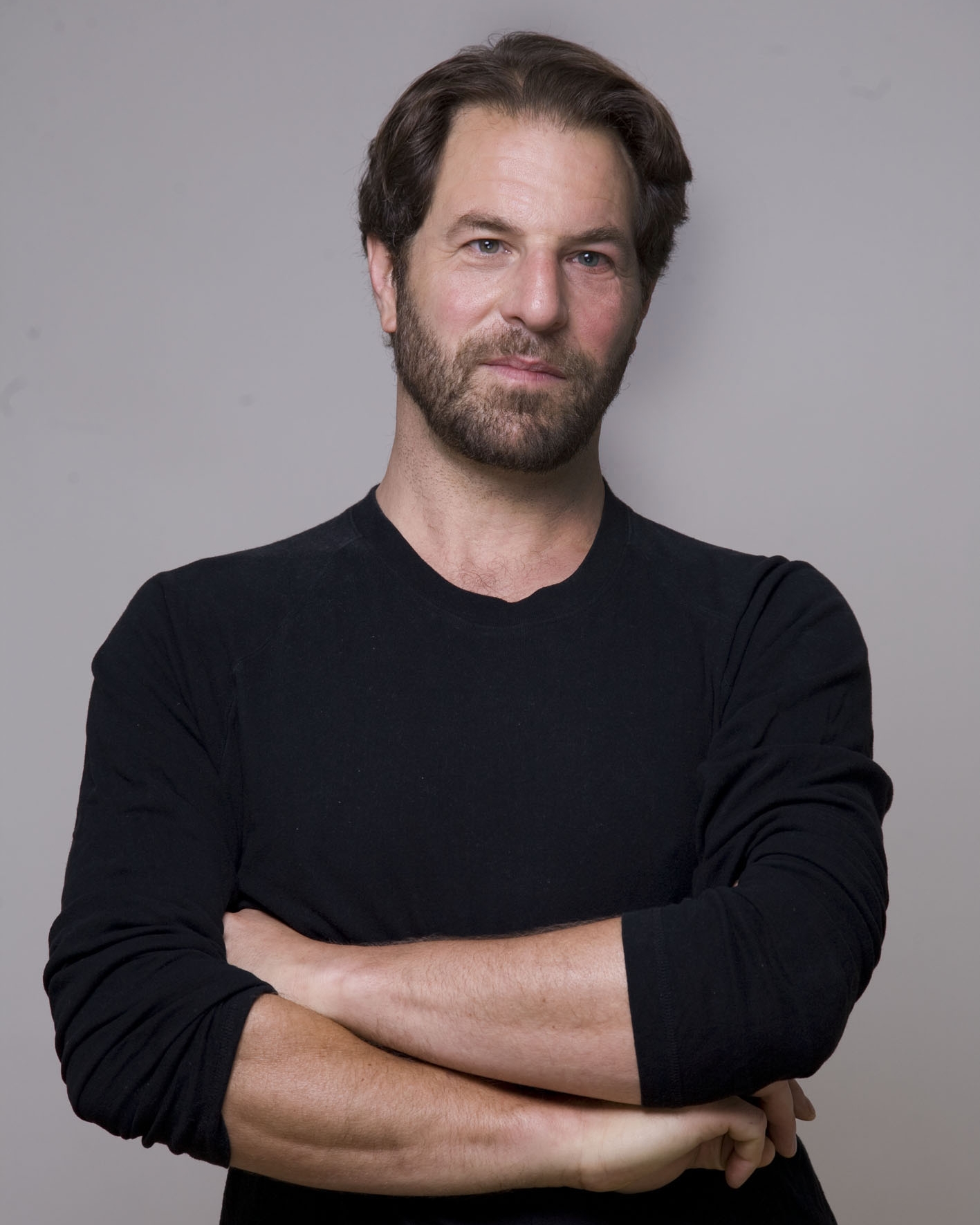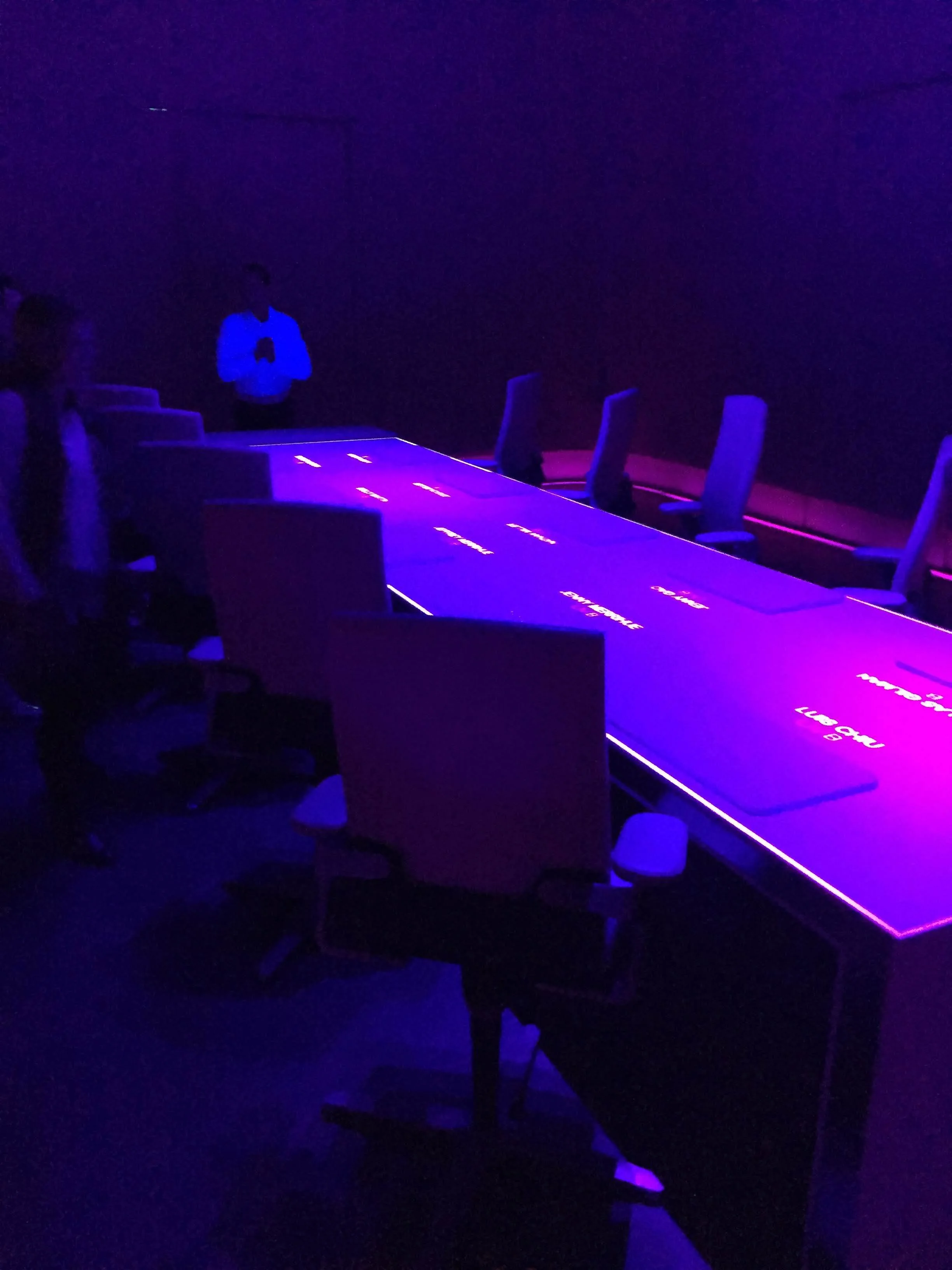Shanghai's Ultraviolet: A Critical Look
First published in Zesterdaily.com (January 2016)
I arrived in Shanghai dreaming of dumplings. I got them. But meanwhile I was invited by a generous friend to a quixotic culinary experience that took much time to digest. The much lauded Ultraviolet is a high-end restaurant-cum-theatrical show. It’s a self-described ‘multi-media experience’ staged for a moneyed audience of ten in a closed room whose environment is meticulously controlled. The group is led into the dining hall and held captive at a large table for what seems like an eternity, like an existential scenario of one of Buñuel’s films. A couple dozen tiny, refined plates are prepared and served, one after another, by waiters whose every move is carefully choreographed and scripted. Each dish, paired with a drink, is accompanied by projected images, music, even piped-in aromas, all feeding on a philosophical theme. The exhausting show takes hours. Awards have been garnered--for the food anyway—which, by the way, is very good in a global, Noma/Bullí sort of way. The theatrical aspect is more dubious. It skirts the edge of ludicrous, while managing to keep its intellectual head above water.
The show begins
It’s no accident that talented French chef Paul Pairet has brought this over-the-top evening of pseudo-avant garde sensory incitement to Shanghai, one of the most unashamedly commercial cities in the world. Here, in the center of shopping and money, it makes sense. “Why not?,” cry the critics and gastronomes alike.
All encompassing, audience-involved theatre is nothing new. From Strindberg’s impossible to stage ‘A Dream Play’ to Antonin Artaud’s Theatre of Cruelty, a theoretical, unrealized experiment in avant-garde spectacle in which the performers attempt to assault the senses of the spectators allowing them to feel the unexpressed emotions of the subconscious, to the Living Theatre in which actors roamed nude amongst spectators, artists have been attempting to open up the proscenium. But never has audience participation been brought to this level, at least in a restaurant. The attempt to juxtapose high-end dining and individual introspection was, at times, jarring.
While we ate, a parade of images, meant to evoke collective memory, was projected on all four walls. They ranged from spooky to comforting to, at best, beautifully and playfully nostalgic. Charlie Chaplin’s shoe-eating scene from The Gold Rush was shown in its entirety while wintery dishes were served. Manet’s Dejeuner sur l’herbe was recalled during the “picnic”. Walls were plastered with hundreds of images of Asian dry noodle soup packages (evincing laughter from the several Asians present) while a high-falutin’ version of that fast-food classic was served. Moving images on the wall made the room seem to rise and fall: at one point we dropped into a Dante-esque netherworld as the scene around us fell away. I’m not sure if the bourgeoisie, whose foibles were often brought to the fore – Chaplin, a running leit-motif of fast food - was being patronized or burlesqued. But one did have the sense that this Frenchman is well aware of what he is doing, de-constructing and commenting on, the classic multi-course meal.
Dejeuner sur l’herbe
What do I remember of the food? --little more than theoretical insider jokes that tasted good. One of the very first courses was entitled “Paloma” – it’s a light sweet sour salad of pomelo served in a vitrine which, when lifted, unleashed a cloud of white gas – the dove of peace? The Mexican song Cucurucucu Paloma is heard in the background. Next a single oyster, dressed with caviar, pepper, lemon and sea foam is offered while the walls become a calm ocean. At a “picnic”, for which the table was covered with Astroturf, a dish named ‘fish Tupperware’, dressed in mayo, recalled simple American/English food, while projected images harkened back to someone’s long forgotten country outing of the 1920’s. Henry Mancini’s campy theme from Breakfast at Tiffany’s accompanied a faux American “breakfast” - a fitting albeit ironic paean.
Pairet, who is obviously trying very hard to do something new, an admirable but nearly impossible goal nowadays, has been quoted as saying that “pretention is my worst enemy”--in which case the enemy lurked behind every carefully constructed shadow. Pairet tries hard to pair food with feeling, to create 'edible theatre'. I appreciated the effort. I enjoyed the evening immensely and ate and drank very well indeed, but instinctively resisted the artifice intended to carry me to higher (or lower, for that matter) emotional planes. In this sense, the experience did not coalesce. Critic Richard Gilman (who happened to be my father) wrote, referring to the avant-garde theatre of 50 years ago: “It may be that nothing will come forward as new, unassailable creation. It is surely true that any art comes to find that its own historical momentum becomes the enemy of its renewable prowess.” I’m not sure if we are heading down a creative cul-de-sac in the increasingly global gastronomic world. I hope not.
instant soups as comfort food









